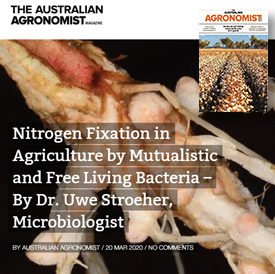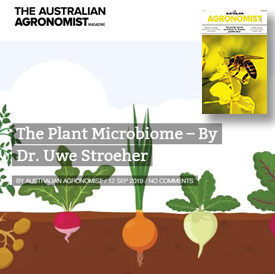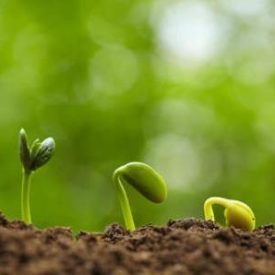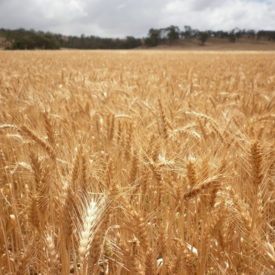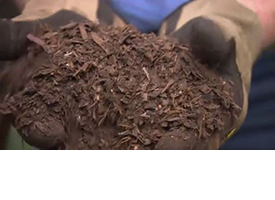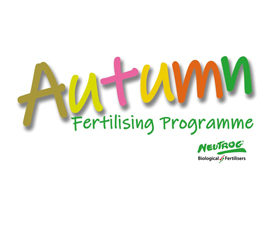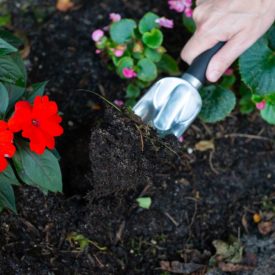Reducing the need for crop rotation
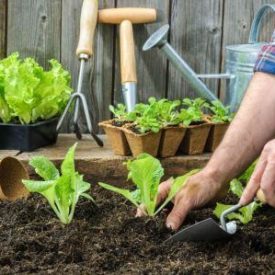
Many gardeners, particularly those that grow roses, would know about sick soil or replant disease. In essence, if you put a plant into a hole where the same type of plant was previously, often the new plant does not perform well, and can wither and die. However, when you replant from a different family of plants, it does well. So the question is, what causes this?


